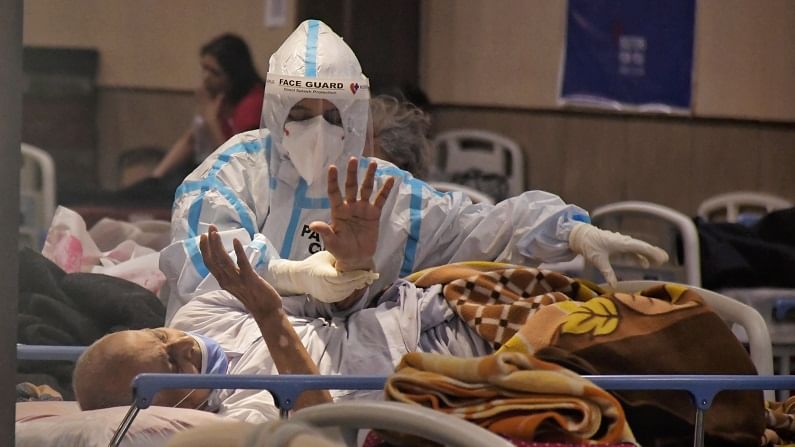India’s fiscal response to COVID conservative, need large stimulus: Report
Bold measures will be required to emerge stronger from the crisis, said the State of Working India 2021: One Year of Covid-19 report
- Press Trust of India
- Last Updated : May 6, 2021, 13:33 IST

Bengaluru: India’s fiscal response to the COVID-19 pandemic has so far been conservative, according to a new report, which suggested a Rs 5.5 lakh crore stimulus package to deal with the crisis.
Bold measures will be required to emerge stronger from the crisis, said the report, ‘State of Working India 2021: One Year of Covid-19,’ released on Wednesday by Azim Premji University. It said the impacts of the second wave are still unfolding and may be as large, or larger than the first one.
Further, coming as it does on the back of depleted savings, debt, and reduced fallback options, the second wave can lead to potentially larger impacts on work, incomes, food security, health and education, the report said.
The states, who are at the forefront of the pandemic response in terms of containment as well as welfare, are severely strained in their finances.
“There are thus compelling reasons for the Union government to undertake additional spending now,” it said.
The report proposed extending free rations under the PDS beyond June, at least till the end of 2021, and cash transfer of Rs 5,000 for three months to as many vulnerable households as can be reached with the existing digital infrastructure, including but not limited to ‘Jan Dhan’ accounts.
It suggested expansion of MGNREGA entitlement to 150 days and revising programme wages upwards to state minimum wages, and enhancing the programme budget to at least Rs 1.75 lakh crore.
The report also proposed launching a pilot urban employment programme in the worst-hit districts, possibly focused on women workers, and increasing the central contribution in old-age pensions to at least Rs 500.
A Covid hardship allowance to 2.5 million Anganwadi and ASHA workers of Rs 30,000 (5,000 per month for six months) was also suggested, among others.
“These measures, taken together, will amount to approximately Rs 5.5 lakh crore of additional spending and bring the total fiscal outlay on Covid relief to around 4.5% of GDP over two years”, it said, adding, this large fiscal stimulus is justified given the magnitude of the crisis.
The report cautioned that failure to take action now will cause short-term hardship to continue and may compound the long-term effects leading to years of lost welfare gains, and increased poverty, as well as loss of savings and productive resources, can lead to poverty traps.
“Nutritional and educational deficits, occurring due to stressed household finances, can have long-term effects. Women leaving the labour market can lead to long term increases in already large gender gaps,” it pointed out.
The report documents the impact of one year of Covid- 19 in India, on jobs, incomes, inequality, and poverty, according to a Azim Premji University statement.
The report said the pandemic has further increased informality and led to a severe decline in earnings for the majority of workers resulting in a sudden increase in poverty. Women and younger workers have been disproportionately affected.
“Households have coped by reducing food intake, borrowing, and selling assets. Government relief has helped avoid the most severe forms of distress, but the reach of support measures is incomplete, leaving out some of the most vulnerable workers and households,” it claimed.
Download Money9 App for the latest updates on Personal Finance.
Related
- Covid first wave led to increase in antibiotic misuse in India: Study
- Centre rushes teams to six states reporting a high number of Covid cases
- Covid-19: India records 46,617 new cases; national recovery rate crosses 97%
- India’s medical infrastructure well prepared to deal with possible third Covid wave, says FM
- Karnataka makes RT-PCR negative report, vaccine certificate must for Kerala travellers
- National Doctors’ Day: Over 1500 doctors sacrificed their lives in fight against Covid-19

